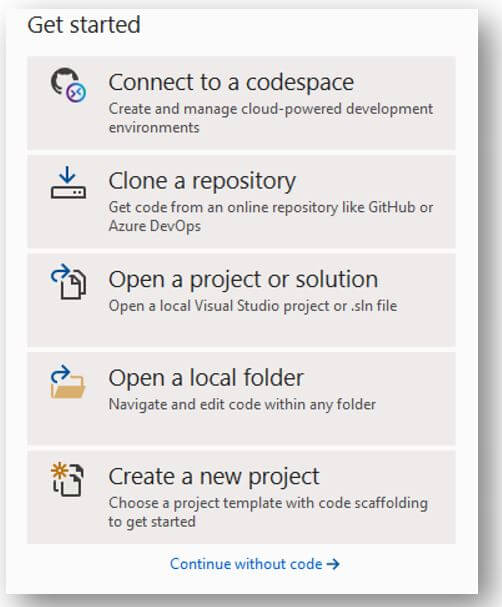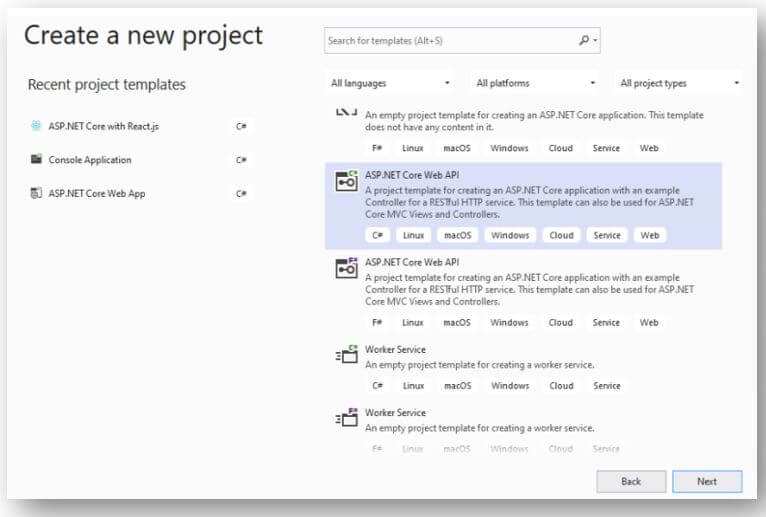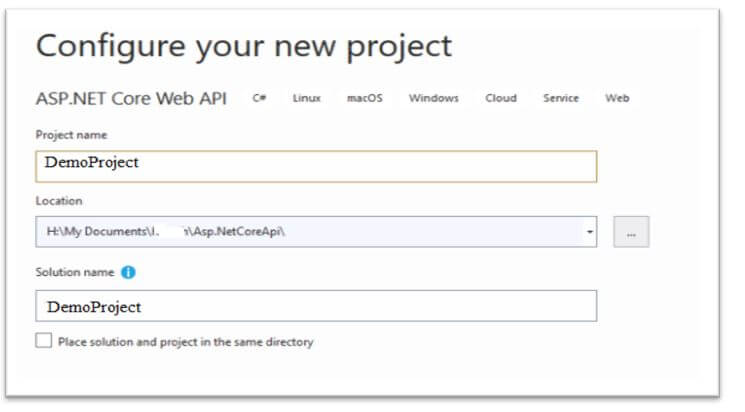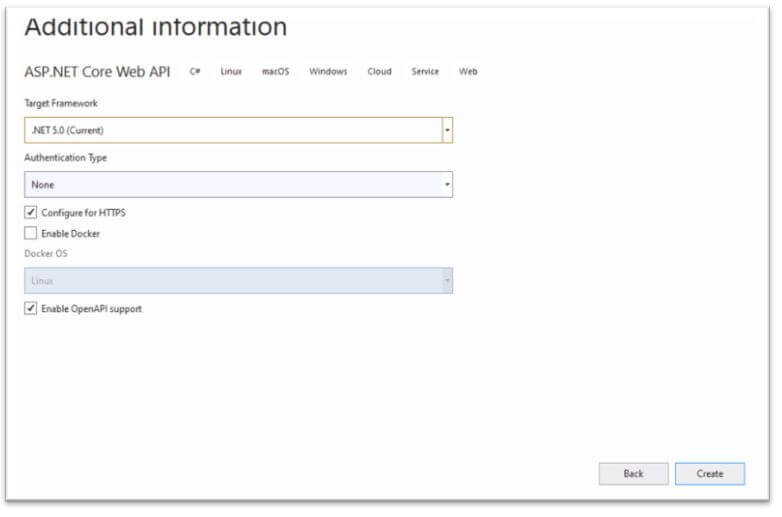Updated March 28, 2023
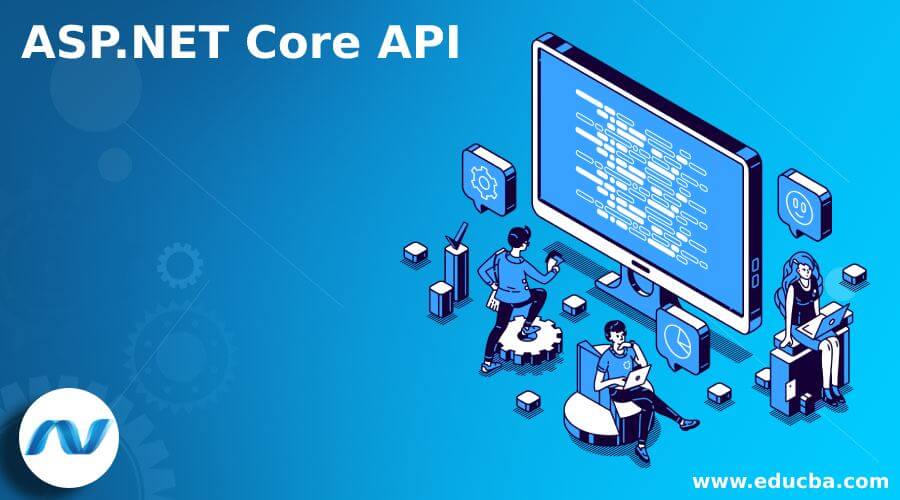
Introduction to ASP.NET Core API
ASP.NET Core API is a Cross-Platform Open Source framework for developing a model, high performance, cloud-enabled internet-connected apps. Web API is nothing but an Application Programming Interface for developing the Web Server or Application. The API uses the HTTP protocol for communication between the Websites and Clients for accessing the data. By using ASP.NET Core, we can create Web Services and Apps, Mobile Backend, Internet of Things (IoT).
ASP.NET Core API Overview
ASP.NET Core is the latest version of ASP.NET Framework, which is used to target to execute on the .NET Core platform. ASP.NET Core API is an Open Source, Cross-Platform framework for creating a model, high performance, cloud-based application like the Internet- of Things (IoT) applications, Mobile Backend. It is mainly designed to execute on clouds as well. Similar to .NET Core, it was architected with minimum operating cost, and as per the requirement, the NuGet Package features were included. This leads the results with high performance, a minimum deployment size, less memory space, and it’s easy to maintain.
ASP.NET Core
- ASP.NET Core is a Cross-Platform Open Source framework maintained by the Microsoft community for developing a model, high-performance, cloud-enabled internet-connected apps.
- The version ASP.NET 3.x executes on .NET Core 3.x whereas ASP.NET Core 2.x executes on .NET Core 2.x and also .NET Framework.
Create a Web ASP.NET Core API
ASP.NET Core is the newest version of ASP.NET Framework, which is used to aim to execute on the .NET Core platform. ASP. NET Web API is the framework that is used to create the HTTP Services that is right to use from the client-side comprising the mobile device and browsers. Therefore, this is the perfect platform for creating the Restful Application in .NET Framework.
To start the project of ASP.NET Core using Visual Studio in ASP.Net Core of the newest version of 5 in .Net Core (Version 5). To create a simple Web API by using Visual Studio, just follow the steps to build your first Web API Application. Then, open the Visual Studio and create a New Project.
Create a New Project which includes the various .NET Core application templates. Each and everyone will build predefined files and a folder depending on the project application type. For example, let’s create a simple web application, so choose ASP.NET Core Web API template and just click Next as shown.
Once selecting the ASP.NET Core Web API, give one project name and set the location for the application. Let’s give one Project name (here, we have given the project name as “DemoProject”) and click on the Create button as shown.
Once providing the name and location of the project, next select the suitable ASP.NET Core Web application template like MVC, Web Application, API, Empty Application, and so on. Here we like to create the Web Application, so choose the Web Application template and then make sure that you have chosen the desired .NET Core and ASP.NET Core Versions. Finally, select the target framework and click on the Create button to build the project.
The new ASP.NET Core Web project in Visual Studio will be created; Visual Studio will restore the packages in the project; the restoring process is nothing but the VS automatically update, add and delete the configured dependencies with the help of NuGet packages in the project. Finally, the project is created with the project structure; once the project creation is done, let’s execute the API project without any changes; just click on IIS Express or select and press Ctrl+F5.
The Web API is essentially used for the CRUD operations, including the create, read, edit/ update, delete.
It tracks the HTTP Verbs for those operations; they are as follows:
- HTTP GET, which is used for reading the operations.
- HTTP POST, which is used for the creation of any operation.
- HTTP PUT, which is used for updating the operation.
- HTTP DELETE which is used for deleting the operation.
ASP.NET CORE API – Add Model
The model is the class file, a set of the classes that symbolize the data that manages the app. The model also describes the class-defined entity for the database attributes, including the id, name, contact details, mobile number, and blood group like it can have as many attributes.
Let’s assume a new model; in the Solution Explorer, right-click the project, select to adding a new folder, and name it as Models.
Add – New Folder – Models
Once adding the new model again, right-click the Models Folder to add a new class and name it as your wish.
Add – Class – Name It
Given below is the sample model class for better understanding as follows:
Code:
using System;
using System.Collections.Generic;
using System.ComponentModel.DataAnnotations;
using System.ComponentModel.DataAnnotations.Schema;
using System.Text;
namespace DemoProject.UserDetails.Model
{
public class UserDetails
{
[Key]
[DatabaseGenerated (DatabaseGeneratedOption.Identity)]
public int Id { get; set; }
[Required]
[Display (Name = "User_Name")]
public string UserName { get; set; }
[Required]
[Display (Name = "User_Password")]
public string UserPassword { get; set; }
[Required]
[Display (Name = "User_Email")]
public string UserEmail { get; set; }
[Required]
[Display (Name = "User_CreatedOn")]
public DateTime CreatedOn { get; set; } = DateTime.Now;
[Required]
[Display (Name = "User_IsDeleted")]
public bool IsDeleted { get; set; } = false;
}
}Let’s see another simple creation of model class with any data annotations as follows:
Code:
using System;
using System.Collections.Generic;
using System.Linq;
using System.Text;
using System.Threading.Tasks;
namespace DemoProject.Data.Model
{
public class MemberDetails
{
public int MemberId { get; set; }
public string Member_FirstName { get; set; }
public string Member_LastName { get; set; }
public string Member_Address { get; set; }
}
}In this Model, Class ID is one of the property functions used as a unique key value in a relational database to avoid duplications. Therefore, we can keep the model class wherever the convention in the project uses this Model Folder.
Conclusion
In this article, we have seen the usage of ASP.NET Core Web API. The RESTful architecture makes available with the finest way to build cross-platform apps by using the ASP. NET Core Web API. It is a scalable service, light-weighted, and easy to maintain for developing applications.
Recommended Articles
We hope that this EDUCBA information on “ASP.NET Core API” was beneficial to you. You can view EDUCBA’s recommended articles for more information.

